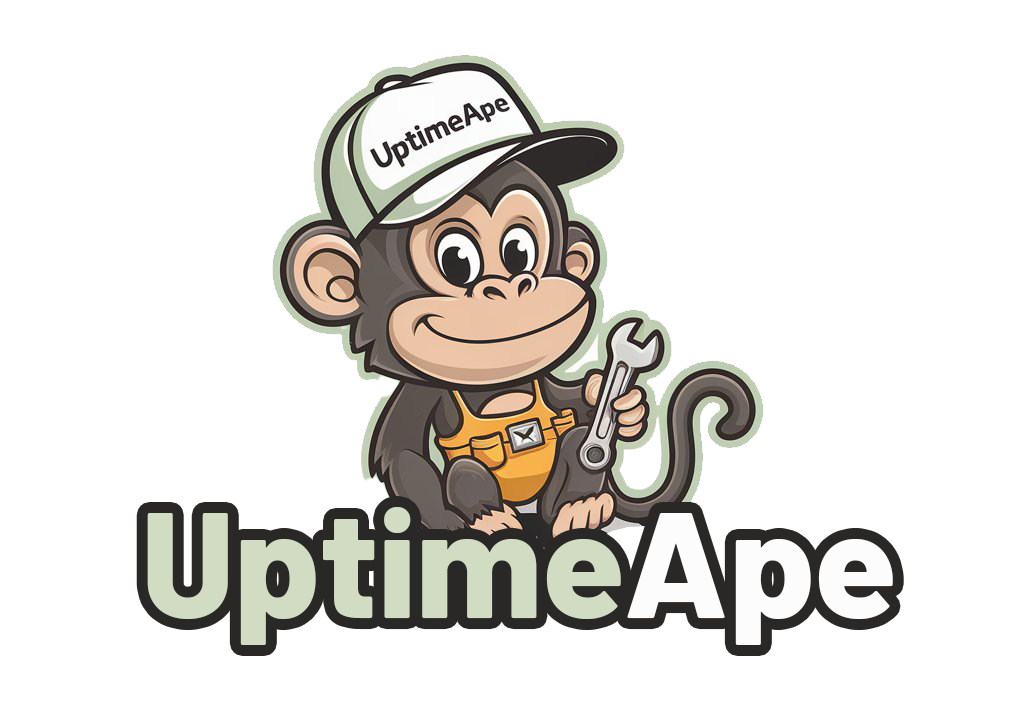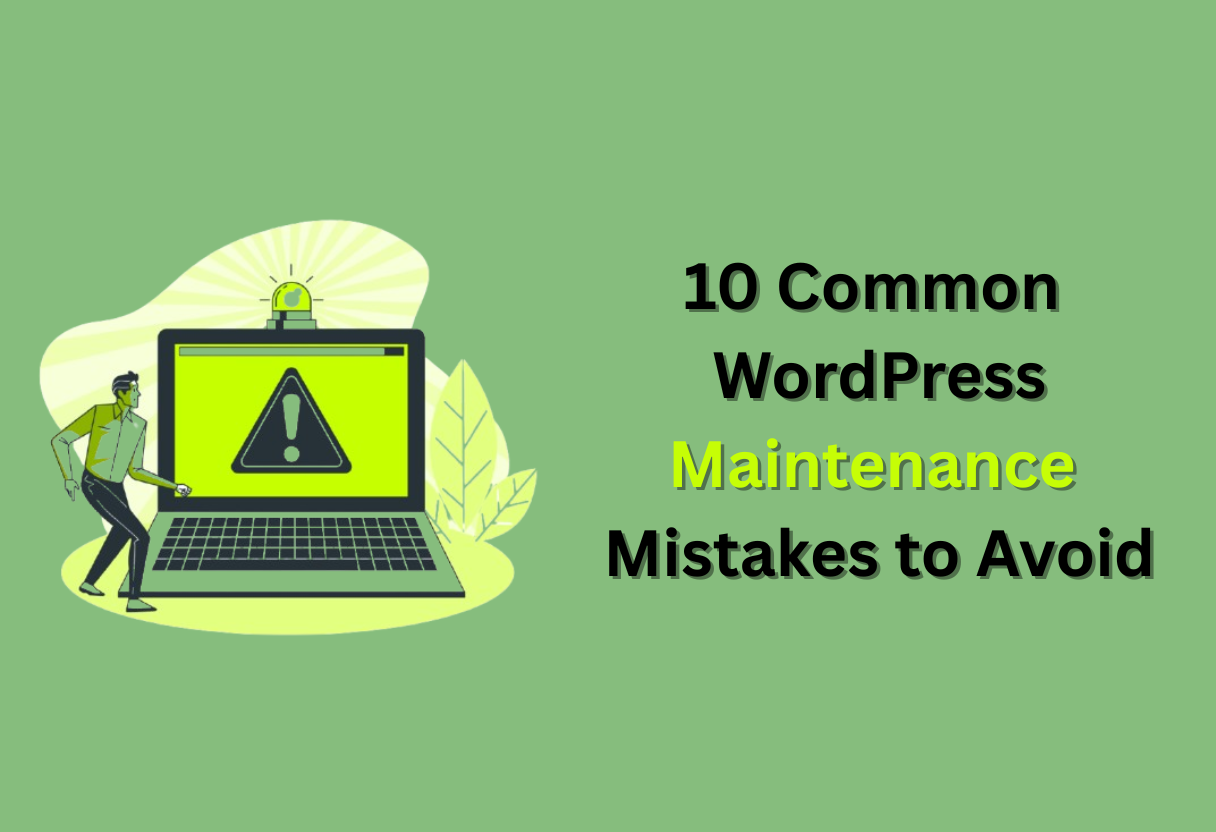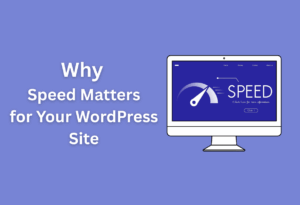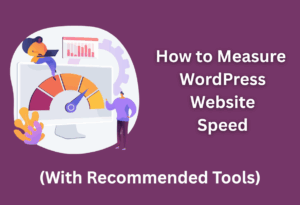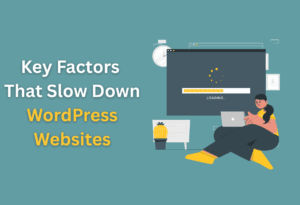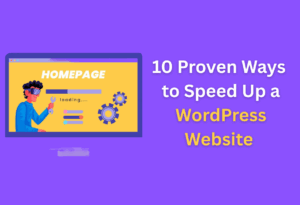It’s crucial to keep your WordPress site running smoothly, but many users make simple maintenance mistakes that can lead to significant issues. In this post, we will explore the top 10 common WordPress maintenance mistakes you should avoid to ensure your site remains fast, secure, and user-friendly. By being aware of these pitfalls, you can maintain your website more effectively and enhance your overall online presence.
Ignoring Updates
For the health and security of your WordPress site, keeping your core, themes, and plugins updated is vital. Ignoring updates can leave your website vulnerable to security risks and performance issues. Regularly updating your site not only ensures that you have the latest features but also protects against potential threats that may exploit outdated software.
Core updates missing
An outdated core can lead to compatibility issues and expose your site to vulnerabilities. WordPress regularly releases core updates to address security flaws and improve functionality. By neglecting these updates, you risk your site’s integrity and performance, ultimately affecting the user experience and your search engine rankings.
Plugin conflicts arise
Conflicts between plugins can occur when one or more of your plugins are not updated to align with the latest WordPress core version. These incompatibilities may result in malfunctioning features or even take your site offline. Keeping all your plugins updated is crucial to ensure smooth interactions between them and with the WordPress core, allowing for a seamless user experience.
For instance, if you have a caching plugin that is not compatible with the latest theme updates, it may not clear properly and could cause your site to display outdated content or slow down significantly. Regularly checking your plugins for updates not only minimizes conflicts but also enhances your website’s functionality and security. Ignoring those updates can lead to frustrating experiences for you and your visitors, damaging your site’s reputation.
Neglecting Backups
The importance of regular backups cannot be overstated. Without them, you risk losing all your hard work due to unforeseen issues, such as server crashes, hacking attempts, or accidental deletions. Ensuring your website data is secure is a fundamental part of WordPress maintenance that you should never overlook.
No Recent Backup
You’ll want to avoid the predicament of having no recent backup available when disaster strikes. Without timely backups, restoring your website to its previous state can be an impossible task, leading to lost time and potentially significant financial setbacks.
Recovery Difficult
While having a backup plan in place is vital, it doesn’t do you much good if the backup isn’t current. If you experience a website failure and your last backup is weeks or even months old, you’ll face significant challenges. You might lose content, customer data, and any updates you had recently implemented. This scenario emphasizes the need for regular, automated backups that keep your data safe and up to date.
It’s advisable to schedule frequent backups, ideally daily or weekly, depending on how often you update your site. Using reliable backup plugins can make the process effortless and give you peace of mind. By investing the time in regular backups, you ensure that recovering from a mishap is smooth and minimally disruptive, allowing you to focus on what truly matters—growing your business.
Skipping Security Checks
One of the most significant mistakes you can make in WordPress maintenance is skipping security checks. Weak security measures can leave your site vulnerable to attacks, making it necessary to prioritize security protocols regularly.
Weak passwords used
Checks on your password strength should not be overlooked. Using weak or default passwords makes it incredibly easy for hackers to gain unauthorized access to your WordPress site. Always opt for complex passwords that combine letters, numbers, and symbols, and consider changing them regularly to bolster your security.
Security plugins absent
An effective way to enhance your website’s security is by using security plugins. These tools provide a range of features such as malware scanning, firewall protection, and login attempt monitoring, significantly reducing the risk of breaches. Without these plugins, you are increasing your exposure to vulnerabilities and cyber threats.
Security plugins serve as your first line of defense against online threats. Not only do they help monitor your site for uncommon activities, but they also automatically implement protocols to block attacks, keeping your data safe and your operations running smoothly. Incorporating such tools into your WordPress maintenance routine is necessary for long-term protection.
Poor Performance Monitoring
After launching your WordPress site, monitoring its performance becomes crucial to keeping your visitors engaged and your content accessible. Neglecting this can lead to slower load times and a drop in user satisfaction. By avoiding common monitoring pitfalls, you can ensure your site runs smoothly and efficiently.
No speed tests
On a regular basis, you should be conducting speed tests to gauge your website’s loading time. Without these tests, you might overlook issues that can negatively impact user experience. Tools like Google PageSpeed Insights or GTmetrix can provide valuable insights that help improve your site’s performance.
Hosting issues unnoticed
Assuming that your hosting provider is always operating at peak capacity can lead to unforeseen challenges. Your site may encounter slowdowns due to server congestion, downtime, or inadequate resources, all of which can significantly affect performance. Issues like these can go unnoticed without proper monitoring, making it vital to regularly check your hosting performance and address any concerns promptly.
Issues related to hosting often manifest during high traffic periods or when your site experiences unexpected growth. You may find that your current hosting plan no longer meets your needs, which could result in slower response times or even downtime. Regularly reviewing your hosting service’s performance metrics and customer feedback can help you identify potential problems early, allowing for timely upgrades or migrations if necessary. Always stay alert to your site’s hosting health and be proactive to ensure optimal performance.
Ignoring Broken Links
Many website owners overlook the importance of monitoring and fixing broken links, thinking they have little impact on their site’s performance. However, neglecting this aspect can lead to several issues that could harm your site’s overall user experience and search engine rankings.
Visitor Frustration
There’s nothing more frustrating for visitors than clicking on a link that leads to a dead end. When users encounter broken links, they’re likely to leave your site, which can create a negative perception of your brand and impact their willingness to return.
SEO Impact
An overlooked consequence of broken links is their detrimental effect on your site’s SEO. Search engines like Google use links to crawl and index web pages. If your site contains numerous broken links, it can signal to search engines that your content is not being properly maintained, potentially leading to decreased rankings.
Impact on your SEO should not be underestimated. A well-maintained site with minimal broken links not only enhances user experience but also helps with your site’s authority in the eyes of search engines. Regularly auditing your website for broken links ensures that you provide a seamless browsing experience and aids in maintaining your search visibility, ultimately driving more traffic to your site.
Not Optimizing Images
Now that you understand the importance of maintaining your WordPress site, it’s crucial to recognize one of the common pitfalls—neglecting image optimization. Large, unoptimized images can significantly impact your website’s performance, leading to potential drops in user engagement and search rankings.
Slow load times
Assuming that your visitors will wait patiently for your site to load can be misleading. In reality, slow load times can frustrate users, leading them to abandon your page before it even fully loads. This can negatively affect your bounce rate and overall user experience.
Uncompressed files
If you’re uploading images straight from your camera or editing software without compression, you may be hurting your site’s performance. Uncompressed files can take up valuable bandwidth, resulting in slower load times and a decrease in user satisfaction.
With proper image compression, you can significantly reduce file size without noticeable loss in quality. Using tools like Adobe Photoshop, online compressors, or WordPress plugins can help streamline this process. By optimizing your images, you not only enhance your site’s speed but also improve overall user experience and potentially boost your search engine rankings.
Failing to Optimize Database
To keep your WordPress site running smoothly, regular database optimization is vital. An unoptimized database can lead to slower performance and longer loading times, which ultimately affects user experience and SEO rankings. Addressing this aspect of maintenance can save you headaches down the road.
Unused tables remain
Tables that are no longer needed can clutter your database and take up valuable space. These unused tables often arise from plugin installations and uninstalls, leaving behind remnants that serve no purpose. By eliminating these unnecessary tables, you can streamline your database for better performance.
Sluggish queries
You may notice that some database queries take longer than necessary to complete. This sluggishness often results from unoptimized tables or poorly structured queries that can bog down your website. Identifying and fixing these inefficient queries can significantly enhance your site’s speed.
It is important to monitor your database queries regularly to pinpoint any that are slowing down your website. Query optimization might involve indexing, rewriting queries for efficiency, or cleaning up any redundant data. Keeping your queries fast and efficient helps ensure that your website remains responsive and enjoyable for your visitors.

Ignoring Mobile Optimization
Not prioritizing mobile optimization can severely impact your website’s performance and reach. In today’s digital landscape, a significant portion of traffic comes from mobile devices, making it vital that your site is easily navigable on smartphones and tablets.
Non-responsive design
For your WordPress site to be effective, it needs to feature a responsive design that adjusts seamlessly to different screen sizes. A non-responsive design can frustrate users, causing them to leave your site in search of a more user-friendly experience.
User experience suffering
Even if your content is top-notch, poor mobile optimization can lead to a subpar user experience. Visitors may struggle to read text, navigate menus, or interact with buttons that are too small or incorrectly positioned.
To improve user experience, focus on ensuring that your website’s layout, images, and fonts automatically adjust to fit various devices. You should regularly test your site on different mobile devices to identify any areas of improvement. Pay close attention to loading speed and interactive elements, as these factors significantly affect how users perceive your site. By optimizing for mobile, you’re not just accommodating visitors; you’re enhancing the overall effectiveness of your website.
Using Default Themes
Once again, many WordPress users overlook the importance of choosing a custom theme and stick with the default themes. While default themes may seem convenient, they can significantly limit your site’s potential in terms of design and functionality.
Lack of customization
One common issue with using default themes is the lack of customization. You may find yourself restricted by pre-set layouts and options, making it difficult to create a unique identity for your brand.
Design insecurity
With default themes, your website may blend in with countless others, leading to design insecurity. An unoriginal design can diminish user trust and reduce engagement, causing visitors to leave your site for something more appealing.
You can differentiate your site by investing in a custom theme that reflects your brand’s personality. A unique design not only enhances user experience but also builds credibility. When users recognize your unique style, they are more likely to stay and explore your content, making your website stand out in a competitive online space.
Overlooking User Roles
Unlike many other content management systems, WordPress provides comprehensive user role management capabilities. Ignoring these roles can lead to significant issues in your site’s security and overall management efficiency.
Excessive Admin Access
Any user with admin access possesses complete control over your site, which can lead to potential mismanagement or malicious activities if improperly assigned. It’s vital to carefully evaluate who truly needs this level of access—consider limiting it to only imperative personnel.
Security Vulnerabilities
Accessing your site with excessive admin privileges opens the door to security vulnerabilities.
Security is paramount in WordPress maintenance. If you grant excessive admin access to users who do not require it, you increase the risk of accidental changes or intentional harm to your website’s integrity. Regularly review user roles and permissions to ensure only trusted individuals have access to sensitive areas of your site. By maintaining strict control over user roles, you can significantly minimize security risks and maintain a healthier website environment.
Conclusion
Upon reflecting on the 10 common WordPress maintenance mistakes to avoid, it’s clear that being proactive can significantly enhance your website’s performance and security. By understanding these pitfalls and implementing best practices, you ensure that your site runs smoothly and efficiently. Regular updates, proper backups, and mindful plugin usage are just a few ways to maintain your site effectively.
As you continue to manage your WordPress website, staying informed and vigilant will empower you to create a resilient online presence that serves both you and your audience well.
Q: What are some common mistakes made when updating WordPress plugins and themes?
A: One common mistake is neglecting to create a backup of your site before performing updates. Without a backup, you risk losing your content or breaking your site if an update causes compatibility issues.
Another mistake is failing to read the release notes or changelog for plugins and themes, which can provide important information about changes or potential issues with the new version. Lastly, many users update all plugins and themes at once, which complicates troubleshooting if something goes wrong, so it’s better to update them one at a time.
Q: Why is it important to monitor website performance regularly?
A: Monitoring website performance is imperative because slow loading times can lead to a poor user experience, ultimately increasing bounce rates and potentially hurting your search engine rankings.
Regular checks allow you to identify issues early, such as large images or unoptimized code that can slow down your site. Additionally, performance monitoring can alert you to other key factors like server response times or errors, which can help maintain a smooth and efficient website.
Q: How can neglecting security measures impact a WordPress site?
A: Neglecting security measures can leave your WordPress site vulnerable to hacking, malware, and other cyber threats. This can result in unauthorized access to your site, data breaches, or a complete takeover by malicious actors.
Without proper security, not only is your content at risk, but your users’ personal information may also be compromised. Implementing security plugins, regularly updating passwords, and ensuring consistent software updates are important steps to protect your site from potential threats.
